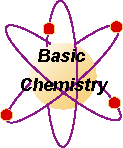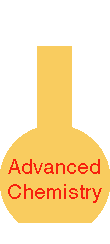Fireworks
Purpose:
Chemical powders are mixed together to provide a color and oxygen source and when ignited make a bright flash. This is a bit more exciting than the standard flame tests.
Materials:
Chemical powders are mixed together to provide a color and oxygen source and when ignited make a bright flash. This is a bit more exciting than the standard flame tests.
Materials:
Read the
MSDS sheets
- White flash--5 g of magnesium powder and 10 g of potassium chlorate.
- White flash #2--5 g aluminium powder and 5 g of potassium dichromate.
- White flash #3--18 g of potassium chlorate, 5 g magnesium powder, 3 g of aluminium powder, 1 g of sugar.
- Red flash--6 g of strontium nitrate, 3 g magnesium powder, 2 g potassium chlorate.
- Green flash--3 g barium chlorate, 1 g magnesium powder.
- Yellow flash--2 g sodium nitrate, 3 g sodium chlorate, 3 g magnesium powder.
- Water activated flash #1--5 g aluminium powder and 5 g sodium peroxide.
- White flash--5 g of magnesium powder and 10 g of potassium chlorate.
Procedure: Wear long clothing and covered footwear. Put on goggles, apron and rubber gloves. Work in a ventilated area.
OR
squirt water from an eye dropper onto the mixture and then stand back.
Discussion:
Early photography flash units used chemical powders as a source of light. What mixtures are needed for blue and purple colors? Try taking color pictures with these flashes in a darkened room. You could try to make sparklers from kits supplied by various chemical supply houses to do this. Check out the following website for a good explanation of fireworks: http://www.howstuffworks.com/fireworks.htm


